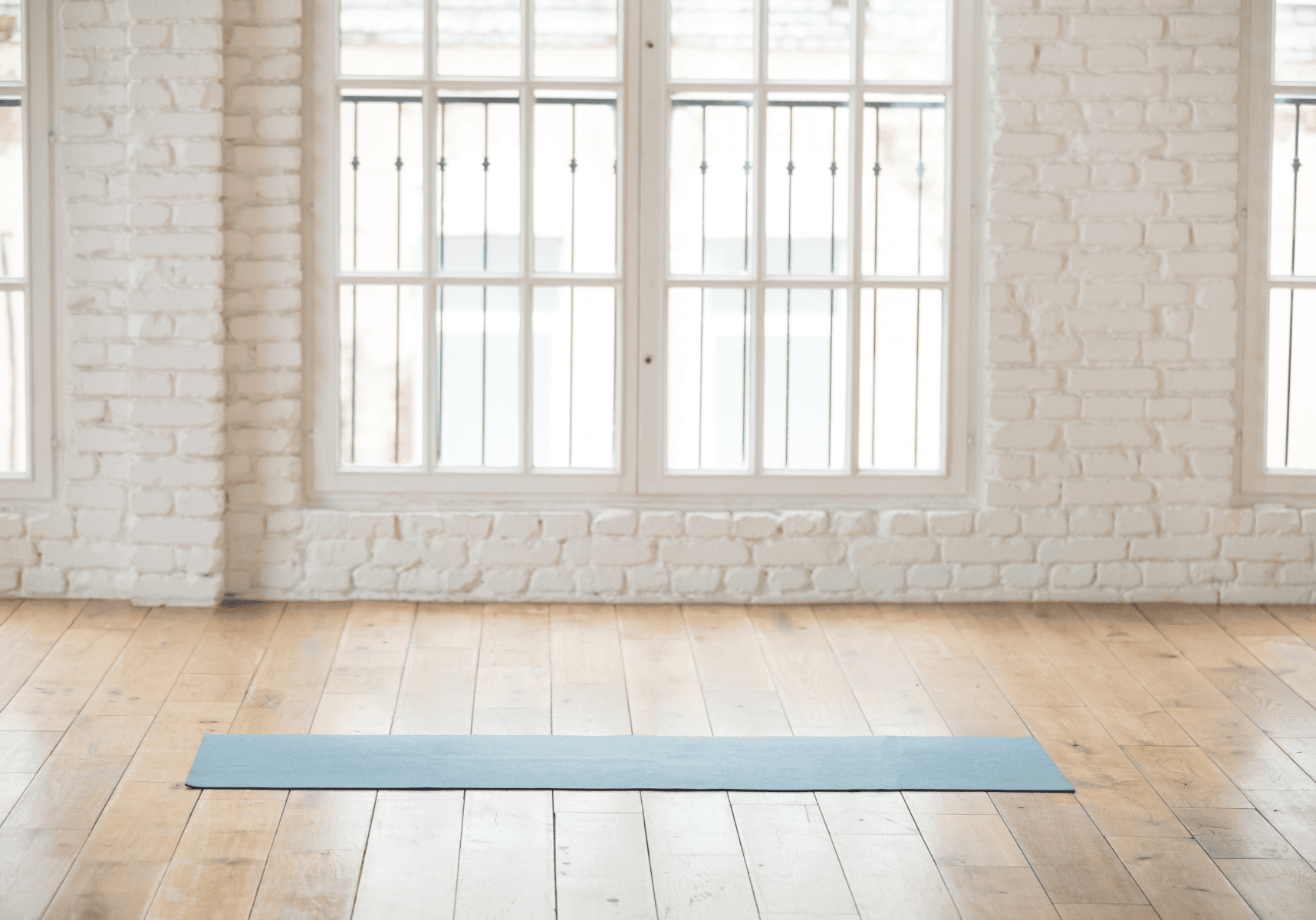
Step-by-Step Guide to Starting a Studio Business
Essential Steps to Launch Your Fitness Studio and Connect with Your Community - By Beth Rush
Reading time: 3 minutes
A few key steps can help you bring your budding fitness studio business to life.
1. Create a Business Plan
Successful business owners use comprehensive plans to guide themselves through their ventures. These plans should cover information like your goals, finances, strategy, business summary, customer analysis and business purpose.
2. Determine Your Budget
It’s crucial to consider startup costs and recurring expenses. Evaluating your finances and understanding the cost of your fitness business can help you stick to your budget while empowering you to create your dream space.
3. Find the Right Space
Decide where to complete your sessions. Check out physical locations and negotiate with studio owners or landlords for a good price. Also, consider whether you will offer virtual sessions and where you can shoot videos if necessary. Ensure you have the right equipment to support your activities, and only allow appointments or session bookings to accommodate the equipment you have.
4. Design a Website and Social Accounts
Websites and social media allow potential clients to interact with your business online, make appointments and easily share information about your sessions or availability.
Having a domain can also boost business credibility, and researchers have found that 91% of marketers report improved traffic from social media campaigns. Create a website yourself or hire a reputable professional to bring your vision to life.
5. Engage With Clients
Once you’re ready to start teaching classes, it’s time to get the word out about your business. Depending on your target audience, you might have several promotional ideas, marketing strategies or social media campaigns to get your business off the ground. Experiment with various tactics to see what works best for attracting your desired audience.
Starting Your Niche Fitness Venture
Depending on specific fitness interests, you might need to adjust your business plan. Altering your plan or implementing a few extra steps to fit your niche can help attract and retain the right audience and guide you to success.
- How to open a yoga studio: Yoga engages the mind and body, and millions of men and women practice this activity. Interestingly, about 24% of yoga practitioners in the United States practice with a digital guide at home. If you want to start a yoga business, consider offering virtual sessions alongside in-person classes to expand your client potential.
- How to start a dance fitness business: Whether your studio welcomes first-time dancers, professionals or everyone in between, it’s important to reduce dance studio liability risks. Look for dance studio insurance to protect your business and yourself.
- How to launch a HIIT studio: High-intensity interval training (HIIT) workouts involve short spans of activity at a more intense rate than traditional workouts. If you’re considering a HIIT studio, spend extra time evaluating how to make each appointment worthwhile despite engaging with clients for a shorter time. Consider offering one-on-one sessions for people who want to achieve specific goals with their HIIT training.
- How to begin a cycling studio business: Cycling classes require more space than other fitness classes due to the equipment necessary. Ensure you find a studio to comfortably and safely accommodate your clients. Additionally, prepare multiple playlists and types of choreography to ensure you keep your classes interesting each time.
Bring Your Studio Vision to Life
Group fitness is a top trend in the fitness industry, with 40% of regular exercisers participating in classes or sessions. If you have a studio business in mind, now is the time to start planning. Bring your vision to life and welcome your community to join you in engaging fitness opportunities.





